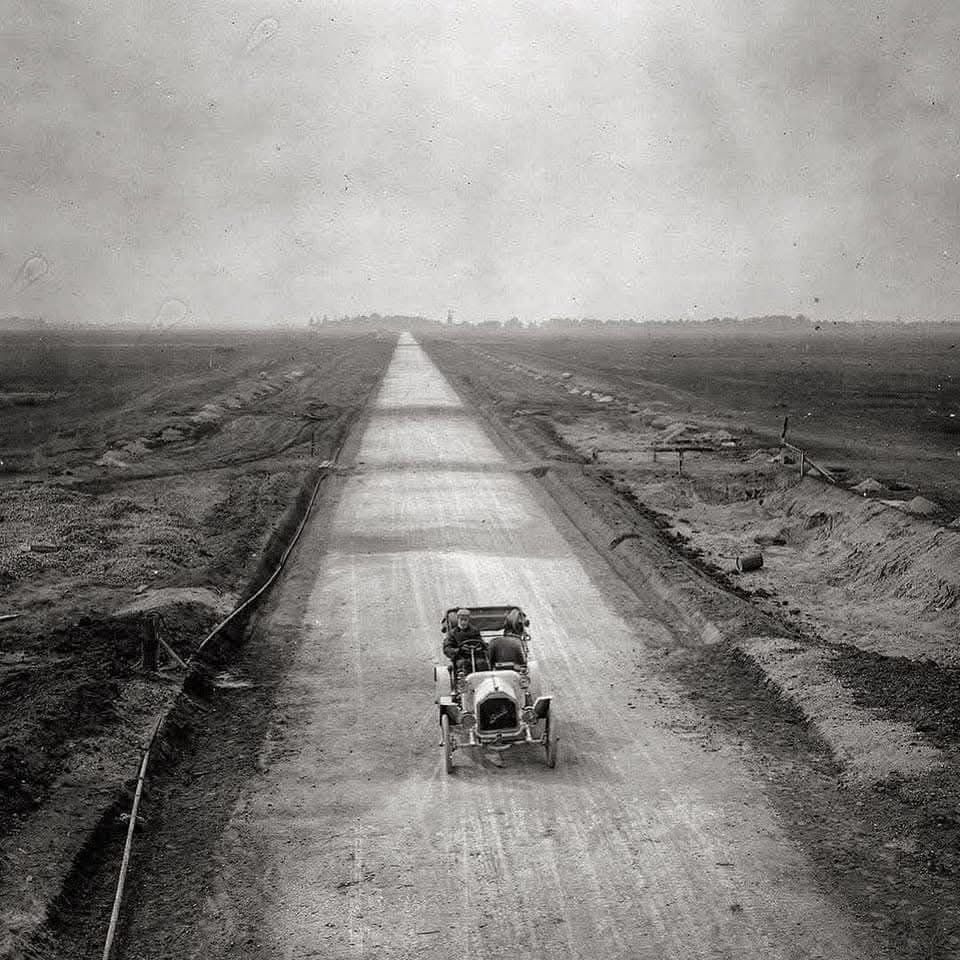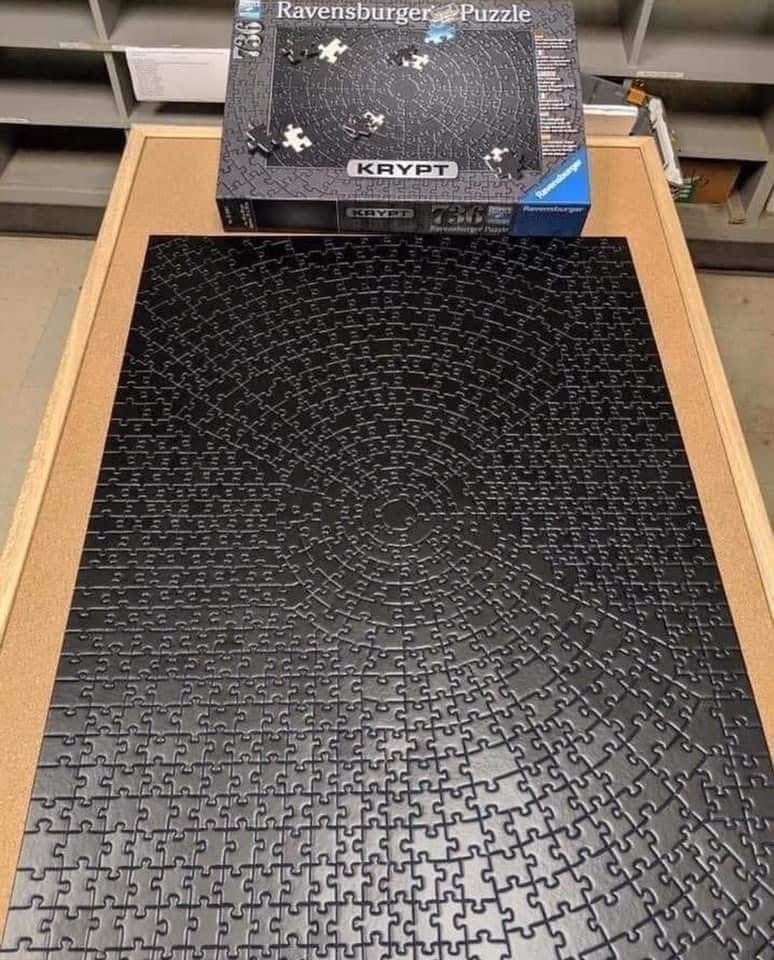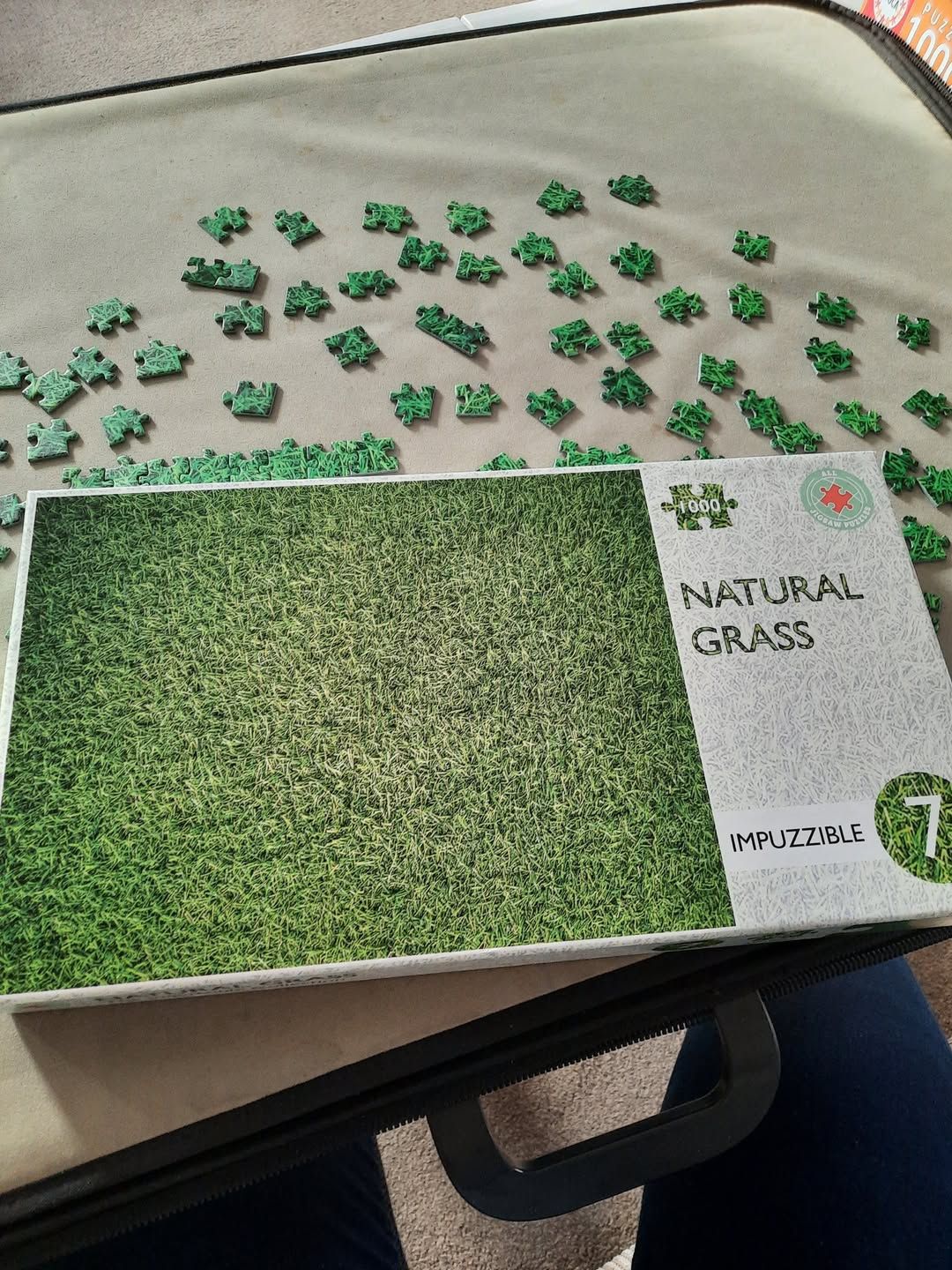Mildly interesting
-
Catgut suture is a type of absorbable surgical suture traditionally made from the natural fibers of animal intestines, primarily the submucosal layer of sheep or goat intestines. Despite its name, it is not made from the intestines of cats.
Key Features of Catgut Sutures:
1 Absorbable:- Catgut sutures are gradually broken down and absorbed by the body over time through enzymatic action. This eliminates the need for suture removal.
2 Types:
- Plain Catgut: Absorbed relatively quickly, typically within 7–10 days.
- Chromic Catgut: Treated with chromium salts to delay absorption and increase durability. Lasts approximately 21–28 days.
3 Uses:
- Commonly used in soft tissue approximation, ligation, and surgeries where long-term tensile strength is not required.
- Often used in gynecological, gastrointestinal, and pediatric procedures.
4 Advantages:
- Biodegradable and absorbed naturally.
- Minimizes the need for follow-up removal surgeries.
5 Disadvantages:
- Can cause an inflammatory reaction in some individuals due to its natural origin.
- Loses tensile strength relatively quickly.
- Sterility and uniformity can be less predictable compared to synthetic sutures.
Today, catgut sutures are less commonly used due to the availability of synthetic alternatives, like polyglactin (Vicryl) or polyglycolic acid sutures, which offer more consistent performance and fewer risks of tissue reaction.
-
What Is the Origin of the Saying "Spick and Span"?
The term spick and span means brand new. This term has a nautical origin. Spick meant nails (or spike) and span meant wooden shavings. On a new sailing ship, the nails would still be shiny and the wooden shavings from manufacture would still be present. Therefore, a new ship would be all spick and span.
-
Queens, New York
This remarkable 1908 photograph captures the Long Island Motor Parkway (also known as the Vanderbilt Parkway) with the Manhattan skyline in the distance. Built in 1908, the parkway is celebrated as the first road in the United States designed exclusively for automobiles. Stretching from Queens to Ronkonkoma, it featured innovative overpasses and bridges, making it a pioneer in modern roadway design.
Initially a private toll road costing $2 to use, it was largely frequented by wealthy car enthusiasts eager to race their vehicles. The parkway was eventually closed in 1938 and absorbed by the state, though parts of it remain today, repurposed as a scenic bike path in Queens. A fascinating glimpse into the dawn of the automobile age.

-
@George-K Interesting. I am pretty gullible and thought they used real cars, etc. LOL
-
Puzzle hell

-
Puzzle hell

@bachophile one of my high school classmates (we connected via FB) is a puzzle freak.

-
Puzzle hell

@bachophile Ravensburger makes very good puzzles.